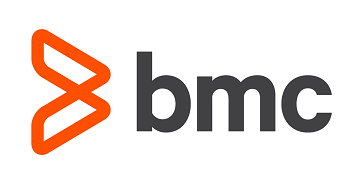Managing the balance between security and system performance is a high stakes battleground that operations and security teams must navigate carefully. Building consensus between these groups can be challenging, with one team focused strictly on security, while the other wants to ensure uptime and high performance for existing or new services.
These competing priorities and lack of integration between security and operations can create gaps in the security posture that leaves agencies susceptible to increased risk and cyberattacks.
In recognition of this challenge, agencies are investing in a new management approach known as SecOps to bridge the gap between security and operations teams and ensure that systems stay up and running, and secure all at the same time. SecOps links the security and operations teams together to work with shared accountability, processes and tools to ensure that agencies do not have to sacrifice security to maintain a commitment to agility.
They can meet new service delivery models that enable an agency to move faster with a highly automated, coordinated, and secure approach to enable continuous innovation.
GovLoop partnered with experts at BMC Software, to help agencies understand what this new paradigm offers and how it differs from government’s traditional approach to security and operations. In this report, you’ll glean insights from BMC’s AJ LaForty, Senior Solutions Consultant; Michael Alonso, Principal Solutions Consultant; and Dejan Zdravkov, Federal Sales Executive, on what SecOps means for your agency. But first, let’s begin with an overview of current security and operations practices in government.







